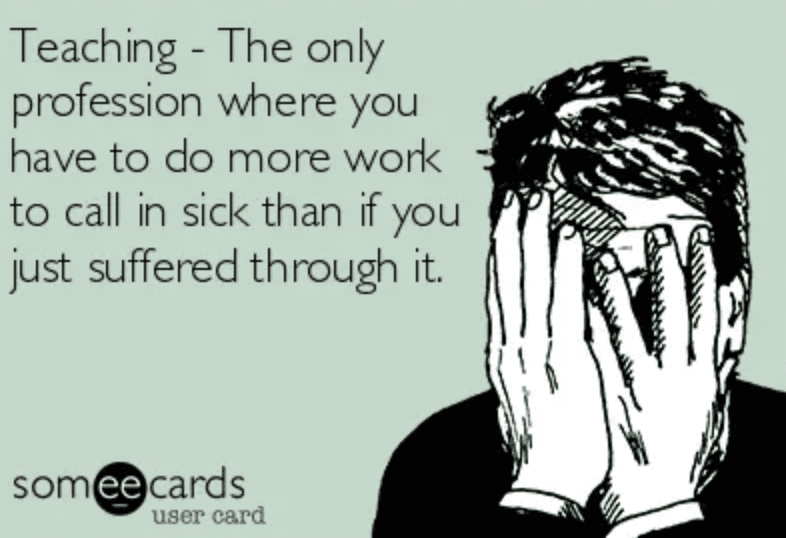As we navigate the wild world of music teaching, especially in the program-heavy month of December, I've brewed up a piping hot blog post to share some sanity-saving tips. Picture this: juggling rehearsals, concerts, and the regular classroom shenanigans. Oh, wait. You don't have to picture it, you are living it! I get it—there's no tired quite like musician/teacher tired in December. So, let's dive into a conversation soaked with practical wisdom.
Today's jam: Tips for Closing Your Music Classroom for the Holiday Break.
TIP 1. Put away everything from the last concert/performance.
I am writing this in December and I KNOW from experience that you had multiple concerts in this week or so before winter break. I also know that you are tired. (And maybe sick. How many times did I lose my voice in December?!) Don't be afraid to ask for help if you need it! Wrapping up all the loose ends from those concerts feels so good!
TIP 2. Clean off your desk.
Or at least organize what is there. It was always helpful if I left myself a note or set out memos to my future self that I needed to address that first day back. Put those memos right where you can see them when you first walk in.
TIP 3. At least consider what you will be teaching on the first day back.
You may not have the time or energy to complete your lesson plans, but giving some thought to what might get you through the first day or two and then locating any instruments or manipulatives is very helpful. As I gained experience and a bank of past lesson plans, it was easy enough to take a quick look at last year's plan and choose which part of that could be tweaked and reused. However, especially in my early years of teaching when I didn't have that bank of plans, I couldn't muster the energy to actually write the plans during those last few crazy days in December. I always found it easier to write my actual lesson plans after I had had a few days off. It sure was nice to have something in mind to get me through that first morning!
TIP 4. Check your email.
Depending on how busy you have been leading up to the break, look through the last week or two worth of emails. One recent year, I had been so busy & stressed that I totally missed a one-sentence instruction at the very end of an email (that I had apparently only scanned) and I reported to the wrong building on the first day back from winter break. Save yourself the embarrassment and just double-check to see that you didn't miss something.
"Future You"
The first day back after a break brings its own set of stresses (i.e. will my computer turn on or be stuck updating all morning?), but it sure is nice to come into a clean room, with a clean desk, and ready for a fresh start. "Future You" will thank you! Take care of yourself and enjoy your break!
Musically Yours,



























.jpeg)


.jpeg)



.png)
.png)


.jpeg)
.jpeg)






.jpeg)
.jpeg)








.png)


